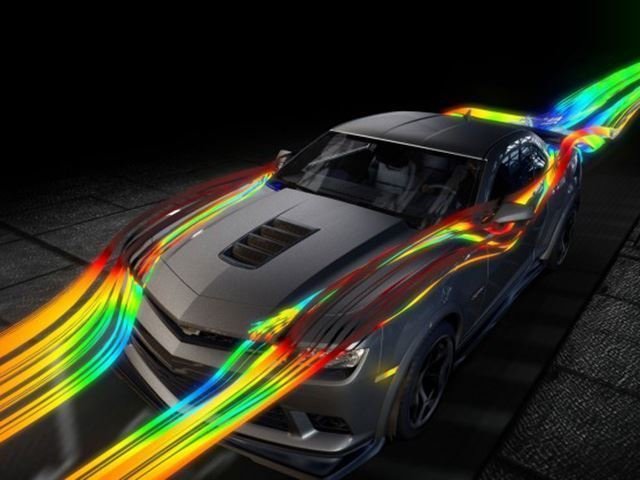5 Foolproof Ways To Make Any Car Go Faster Around A Track

All enthusiasts want their cars to go faster, but there isn't just one simple way to to do this. Whenever a manufacturer wants to take one of its models and make it more extreme, it will typically do one of five things in order to create a faster version. We have narrowed our list down to power, handling, grip, weight and downforce. Some are more important than others, but we will explain why each is so important.


Power is actually one of the least important things on this list, but we bring it up first because it seems to be all anyone cares about. Manufacturers and aftermarket tuners have found ways to ring more horsepower out of boosted engines by changing code in the car's ECU. Normally aspirated cars are harder to wring more power out of, but many people resort to turbochargers or superchargers to force more air into the engine. We said that power is actually the least important on this list because too much power without the other things on this list will just be wasted. Not to pick on the Hellcat too much, but there is a reason that a much less powerful 911 is faster around a track.


Handling is more important than power around most race tracks. There are many ways to make a car handle better, but we have picked two very important upgrades, brakes and suspension. Bigger brakes allow a car to stop from higher speeds and get back on the power sooner, which helps on a track. While some body roll is not awful, the best way to get around a track is to keep a car level. Race cars have extremely stiff suspension that keeps them level on corners, but it can also ruin them for road use, which is why most road cars have adaptive systems that can be smooth on the road.


Grip is also extremely important in helping a car handle better, but we thought that it was so important that it needed its own category on this list. We are always surprised at how many people buy an expensive sports car and put on the cheapest tires that will fit. A good set of tires can completely change the way a car goes around a track. In fact, when the holy trinity was about to be tested together for the first time, everyone was quick to point out that the difference in tires might have a huge impact on the test. If you really want to wring the most out of your sports car, you should make sure that you have really god tires that are properly maintained.


Taking out weight is a great way to make a car faster, but it isn't always easy. Cars like the Alfa Romeo 4C and Porsche Boxster Spyder are two great examples of how to make a car lighter. The 4C uses lightweight carbon fiber material throughout, but lacks the level of comfort of rivals like the Porsche Boxster. The Boxster wasn't designed to be ultra-light weight from the beginning, but Porsche stripped out things that the driver doesn't need in the Spyder. The Boxster Spyder doesn't have a radio or air conditioning and even uses cloth pulls instead of door latches. People often leave stuff in their car that they do not need, which is a great way to add weight and ruin handling.


One of the things that people rarely think about to make a car faster is aerodynamics. Good aero can make a car extremely fast and the Pagani Huayra and Dodge Viper ACR are great examples of this. There are plenty of Honda Civics with big wings, but there is a difference between tacked on aero and functional aero. Aerodynamics help a car grip harder, turn faster and ultimately go around a track faster. We decided to include it last because aerodynamics is one of the last things to do to a car to make it fast. A slow, low horsepower car with a ton of aero would probably lose to a semi-well handling car with much more power.
Related News


